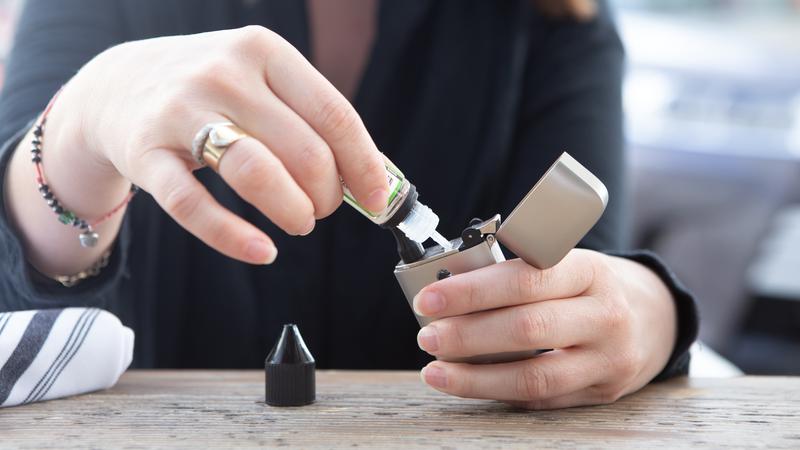
Heart and Stroke report: Most youth vapers begin before age 16
A new report by the Heart and Stroke Foundation focused on the impacts of vaping found that, on average, youth take up the habit before they turn 16.
The report notes emerging research suggests vaping is a potential gateway to cigarette use for youth, and it cites flavoured vapes and high nicotine content as significantly problematic factors in getting youth hooked on vaping.
“The survey results are both horrifying and illuminating,” says Dr. Andrew Pipe, board chair, Heart and Stroke. “Young people are starting to vape before they turn 16; they are vaping six days a week, 30 times a day, and they are addicted; the majority (59 per cent) have tried to quit vaping multiple times without success and many have begun smoking after vaping. We are throwing decades of successful tobacco control out the window by creating a whole new generation dependent on nicotine.”
A survey conducted earlier this year revealed that 92 per cent of young people cite flavours as an important reason why they began vaping, with the most popular being berry, confectionary, mango, and mint/menthol.


